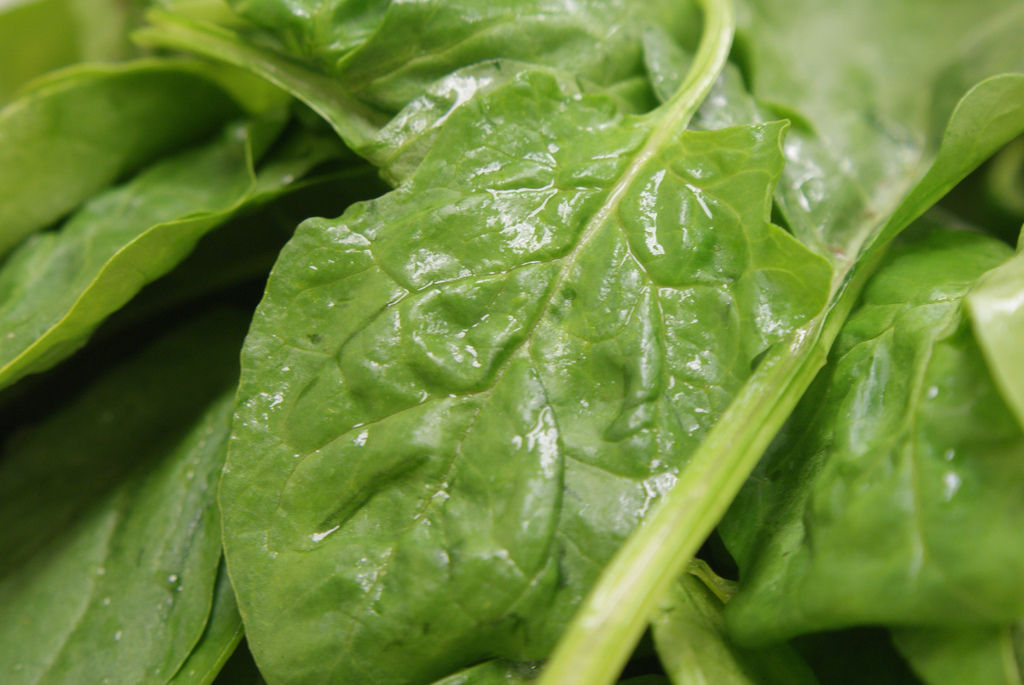
History
Dill is an ancient herb that dates back to 1640. Dill is native to southern Russia, western Africa and the Mediterranean region. This aromatic herb grows to 3ft tall with long feathery fronds and tiny yellow flowers and has a subtle anise flavor. The seeds are stronger and more flavorful than the leaves and are most commonly associated with the cuisines of Scandinavia and Germany. Fresh dill is available during the summer and early fall.
Substitutes
Fresh tarragon. For a garnish try anise (fennel) fronds.
Equivalents
3 heads = 1 ts dill seed
1/2 oz = 1/2 cup
Storage
Fresh dill should always be stored in the refrigerator either wrapped in a damp paper towel or with its stems placed in a container of water. Since it is very fragile, even if stored properly, dill will only keep fresh for about two days.
Dill can be frozen, either whole or chopped, in airtight containers.
Alternatively, you can freeze the dill leaves in ice cube trays covered with water or stock that can be added when preparing soups or stews.
Cooking Tips
Dill is a unique plant in that both its leaves and seeds are used as a seasoning.
Dill’s green leaves are wispy and fernlike and have a soft, sweet taste.
Dried dill seeds are light brown in color and oval in shape, featuring one flat side and one convex ridged side. The seeds are similar in taste to caraway, featuring a flavor that is aromatic, sweet and citrusy, but also slightly bitter.
Dill provides a tangy addition to pickles, salad dressing and fish dishes.
Combine dill weed with plain yogurt and chopped cucumber for a delicious cooling dip.
Use dill when cooking fish, especially salmon and trout, as the flavors complement one another very well.
Use dill weed as a garnish for sandwiches.
Add dill to your favorite egg salad recipe.
Mix together chopped potatoes, green beans, and plain yogurt, then season with both dill seeds and chopped dill weed.
Recipes











